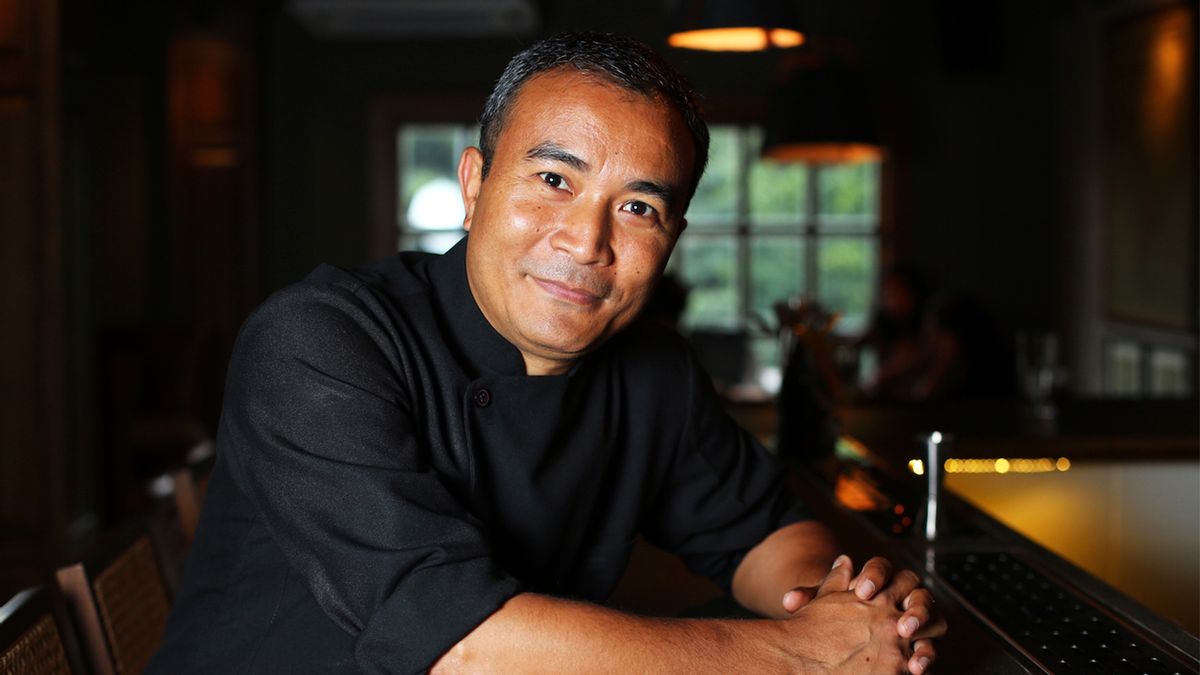The year 2019 may be a great time to be a bartender—and drinker—in India, but it wasn’t the case till a decade ago; especially, when Yangdup Lama started tending the bar. Today Lama is at the forefront of leading the much-needed revolution in one of the most enigmatic professions in the world.
The journey
Lama’s journey began in the food and beverage department in 1995, he suggests, though hesitantly, as if those plans were never fully premeditated let alone realised. Things changed for him when he joined Hyatt Regency, Delhi, when bartending in India was still in its nascent stage. His learning and training in the ways of the bar have been hands-on and on the job at the Polo Lounge Bar.
From there he moved quickly and adapted adroitly. He next took up freelancing as a bartender and there has been no looking back since then. “I launched Cocktails N Dreams School of Bar and Beverage Management in September 2003 and then went on to expand into beverage consultancy in 2005,” Lama remembers.
Cocktail culture in India was almost non-existent, so Lama used his schools and services as a starting point. From conducting training programs for food industry professionals to extending his expertise to the beverage industry, Lama went the extra mile to ensure that what he had learnt the hard way was shared with others. All the while, he continued honing his craft.
He opened India’s first speakeasy bar—simply named Speakeasy—in Gurgaon to become not just a stand-alone establishment focused on the bar and cocktail but also become a bartender’s bar. This was in 2012, six years later Lama opened doors to his second cocktail bar, Sidecar, in Delhi. The vision behind Sidecar is to deliver the finest beverage and cocktail experiences to all its patrons and partners in every sense.
Bartender v/s mixologist
Veteran bartenders tend to shun the lofty-sounding moniker of ‘mixologists’. Lama explains, “A good bartender is a good mixologist and in order to be a good mixologist you have to be a good bartender.” A good bartender or mixologist has to be able to discern a vast variety of flavours and aromas and more importantly be able to create a new drink with that knowledge. Often considered equal to a chef, a mixologist is a scientist and an artist. Add the theatrical flamboyance of a cocktail shaker, a bartender is no less than a showman.
It's not uncommon to see friendly, no-frill bartenders of yore being rapidly replaced by gimmicky mixologists. Result: Less classic cocktails to soothe the souls, and more drinks that resemble science experiments. In Lama’s case, he has managed to bring together his experience and the ability to look towards the future to create new, unique and relevant drinks and concepts.
On inspiration and beyond

As opposed to an ingredient or a spirit, Lama chooses his glassware or stemware first when creating a new drink. Odd? He explains, “It gives direction to the visualisation of the drink.”
An unusual ingredient Lama had the pleasure of playing around with was Basmati rice, the long, slender-grained aromatic rice that is a world favourite. He worked with Basmati when he was working on an Ayurvedic menu for a health bar.
In a world thirsting for new beverage experiences, Lama turns to the new generation of bartenders who are mixing magic in glasses, across the globe. “Their enthusiasm and energy open up new avenues and ideas for me. They are my true inspiration in the real sense.”
On sustainable cocktails
While not enough attention has been given to sustainable cocktails, the next wave of drinks that could actually help money, time and also the environment, Lama does see hope for this trend picking up in the country. “With better bartenders emerging, this will certainly be the next big thing in India and consumers are now accepting that bartenders are more conscious of saving the earth in their own way,” he shares.
The cocktail creation he’s the proudest of
Asking Lama, or any bartender for that matter, what cocktail they’re the proudest of, is like asking a parent to pick a favourite child. But then, there’s no denying that every once in a while, there’s a concoction that feels truly exciting. “There is a cocktail called Tongba, which is a combination of rum with fermented millet juice and seasoning. Tongba is the traditional name of millet wine in my local language and my grandmother used to ferment the best Tongbas in our village back then,” he says gleaming with excitement. He adds that he’s aiming to create more regional and traditional concoctions. “Every drink he creates should be able to narrate a new story, depicting his very own roots and culture in every sense,” he explains.
Modern Tongba Recipe
Ingredients
- 40 ml aged rum
- 20 ml homemade cumin liqueur
- 60ml fermented millet juice
- 20 ml reduced apple juice
- 15 ml fresh lime juice
Method
Simply shake all these ingredients with some ice and served on ice in a traditional Tongba jug.
On his association with the Diageo World Class India 2019 competition
Lama was also part of the jury at the 11th edition of the Diageo World Class India 2019 competition. From shortlisting the 50 finalists across the country right up to playing mentor to them till the India finals, Lama was seen in a different avatar – one that laid a lot of responsibility on his shoulders.
Sharing his experience with us on the same, he says, "World Class is more than just a Bartender Olympic that sees bartenders competing against each other. Instead, it helps expose budding bartenders to a lot of experience by giving them a chance to work in World Class Studios, learning more about the different aspects of mixology. Telling us that he does consider this to be a proud moment in his life; to be part of a platform that's instrumental in giving us some of the world’s best bartenders,” he signs off.


